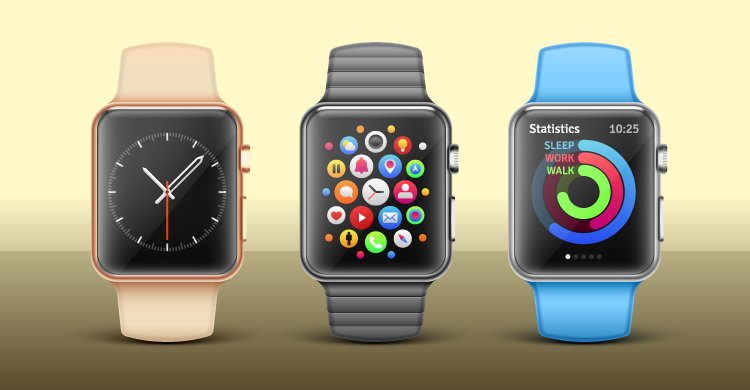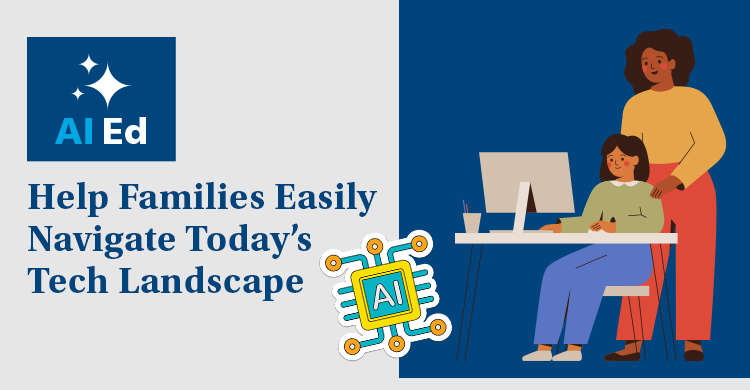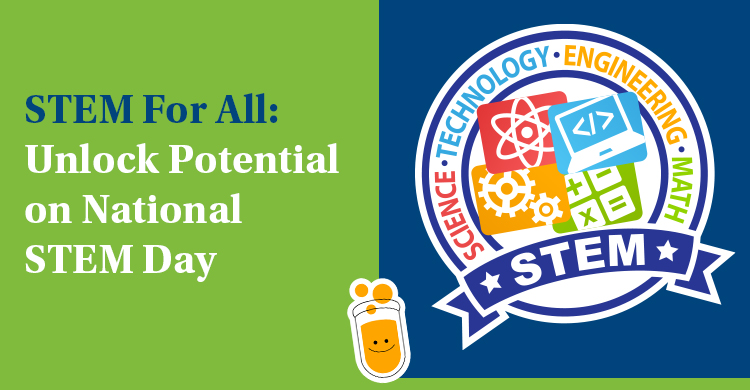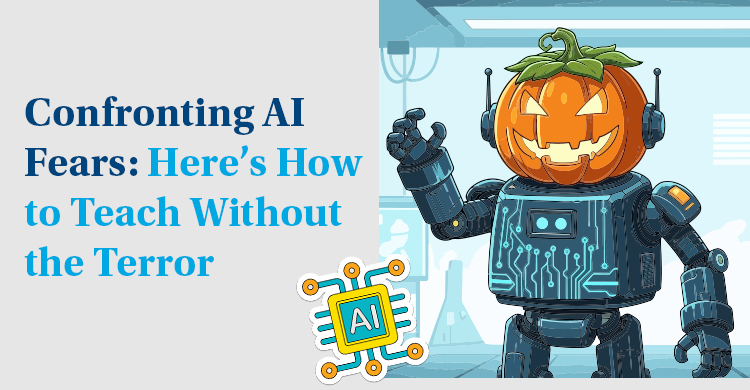Children learn everyday, whether in school or out of school. They learn by skateboarding at the park, playing basketball on the court, listening to music, or just hanging out with friends. Do students learn more when they are in school or when they are out of school? Which learning do you think is retained longer? If you thought that perhaps learning out of school sticks with the student longer, maybe that is because it is learning from and in the real world doing activities that the student is interested in. We, the authors of Real-World Learning Framework series, propose that students learning about their passions and interests in the real world could be applied in schools.
So, what is Real-World Learning? It is where the student learns from, interacts with, and has an impact on the real world. Learning is “in” the real world—students impact their class, school, community, nation, or world. Learning is integrated across subject areas. Students collaborate with field or discipline experts.
The Create Excellence Framework from the Real-World Learning Framework book poses that learning is deeper when learning is in the real world, where student learning involves higher-level thinking, students are fully engaged with the content they are learning, and students use technology in the learning process.
The Create Excellence Framework is designed to offer the opportunity for excellence in learning through four components: Real-World Learning, Cognitive Complexity, Engagement, and Technology Integration.
- Real-World Learning: The current content standards are turning an eye toward authentic learning opportunities – instruction that must be designed with a unique thread of real-world impact.
- Cognitive Complexity: The standards require a strong attention to appropriate levels of rigor, matching level of challenge to the task and to the student, related to higher-level learning.
- Engagement: No longer do the students work in isolation with the content standards. There is an expectation of collaboration and mentoring which incorporates engaged learning techniques.
- Technology Integration: Technology integration is a key element seen in all of the standards and one that students of this generation expect. It is 21st century learning with the standards.
This blog will discuss one of these components in more detail—students learning and creating with technology. Teachers have a plethora of technologies available to use. However, as we initially began integrating technology, we struggled to integrate technology in meaningful ways. Perhaps you find yourself in this same struggle.
Technology should not be used simply as an add-on; it should meaningfully enhance student learning. Optimally, technology integration should be a seamless component of instruction to engage students in authentic, creative-thinking tasks. Table 1 compares a traditional versus a research-based technology approach.
Table 1. Traditional Versus Research-Based Technology Approach
| TRADITIONAL TECHNOLOGY APPROACH | RESEARCH-BASED TECHNOLOGY APPROACH |
| Technology is used to search for information or practice skills. | Technology is used to expand students’ learning as it is embedded with high-quality instruction requiring students to critically think, solve complex real-world problems, and create products. Students engage in deep project-based learning tasks. |
| Teacher plans instruction that meets the needs of students with average ability. | Technology is used to customize and individualize instruction, making learning personalized or learner-centered. |
| Teacher uses textbook to guide instruction. | Students use technology to address relevant and authentic tasks aligned to content standards. |
| Teacher leads instruction. | Teachers are coaches or facilitators of the learning process. |
| Teacher uses technology to plan lessons or present information. | Students use multiple technology tools to address real-world problems. |
Source: Adapted from Wolf, 2012.
What do you notice in the research-based technology approach identified in Table 1? Effective technology integration requires real-world learning, cognitive complexity, and high levels of student engagement. Technology paired with critical thinking, student engagement, and real-world learning provides opportunities for students to produce novel products to address authentic problems. Emphasis is placed on student use of and creation with technology.
So, what does this look like in a classroom? Below are four examples of projects that would have high levels of technology integration, critical thinking, student engagement, and real-world learning. To help you see each of these elements in the tasks, we have color-coded them: Technology Integration (red), Real-World Learning (gray), Critical Thinking (blue), and Student Engagement (green).
- Working in groups, students brainstorm potential businesses for their school Entrepreneur Fair. After solidifying their idea, groups collect materials and sell their items at the fair. Throughout the project, groups track their expenses and profits using Excel worksheets, and develop commercials shown on the school news channel to profile their products.
- Students select a school policy or social cause that they want to positively impact. After consulting with experts knowledgeable about their selected topic, they research the best way to communicate with the public about their cause. Students create presentations, websites, and blogs.
- Students develop ideas for redesigning a playground by designing a layout in SketchUp, using online tools iBrainstorm or MindMeister to brainstorm ideas, and using Excel to develop a budget for fundraising. The group could then present a proposal using Animoto for the school council to consider.
- In science, students use technology to improve a current product and prepare a sales presentation using Haiku Deck to pitch their ideas.
- Students identify a problem in their school and, in groups, discuss ways of using their writing skills and digital abilities to solve the problem.
Do these examples spur your creativity to design engaging tasks for your students? We hope so! If you are looking for more examples and tools, please see our books: Real-World Framework for Secondary Schools and Real-World Framework for Elementary Schools. In these books we provide a more comprehensive description of the four elements, numerous classroom examples and teacher tools, and a large collection of fully developed projects, including tasks, rubrics, and student work examples. We hope you have gained lots of ideas to inspire your instruction! We would love to hear from you and hope you share some of your ideas with us. Visit us online: http://create-excellence.com
References:
Wolf, M. A. (2012, May). Culture shift: Teaching in a learner-centered environment powered by digital learning. Washington, DC: Alliance for Excellent Education.
Authors: Rebecca Stobaugh, Marge Maxwell, & Janet Tassell
[author_bio id=”323″]






